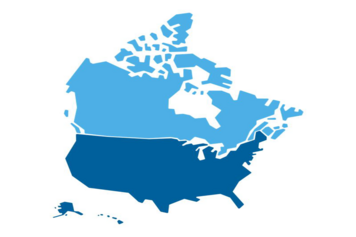
Gartner® Research: Develop a Global E-Invoicing Compliance Strategy
Gartner® research report shares expert advice on implementing a future-ready e-invoicing strategy.


E-invoicing is shaping the future—North America can lead with smarter, faster compliance.

Discover seven e-commerce steps where tax errors happen—and how a tax engine protects your business throughout.

Welcome to Vertex U.S. Exchange Magazine—your source for insights and perspectives to lead in today's business world.
Displaying 0 of 1657
Discover how our technology solutions and software can help you streamline tax, stay compliant, and grow your business.
Browse All Solutions